- Home
- Books
- Book Bazaar Upto 80% Off
- Terracotta Warriors: History, Mystery and the Latest Discoveries - Paperback
Terracotta Warriors: History, Mystery and the Latest Discoveries - Paperback
By: Edward Burman
-
Rs 577.50
- Rs 1,050.00
- 45%
You save Rs 472.50.
Due to constant currency fluctuation, prices are subject to change with or without notice.
Exciting investigations in north-west China are about to reveal more of the mysteries of the huge mausoleum of the Qin Emperor, a portion of which was accidently discovered in 1974 by farmers who were digging a well. The second phase of an international research project began in 2011 and is ongoing. More recently still, in March 2015, promising new excavations began in Pit 2, with exciting fresh discoveries already announced. Much new material has become available since 2008, the year of the major sell-out exhibitions in London and Paris. Terracotta Warriors seeks to examine one of China's most famous archaeological discoveries in light of these new findings. The book begins with the discovery of the terracotta warriors and then tells the history of the Qin Dynasty and as much as is known about the construction of the 3rd century BCE mausoleum based on the work of the historian Sima Qian (145-90 BCE). He wrote that the First Emperor was buried with palaces, towers, officials, valuable artefacts and wondrous objects. According to this account, 100 flowing rivers were simulated using mercury, and above them the ceiling was decorated with heavenly bodies below which were the features of the land. The new findings and the description of the mausoleum based on the quoted historical accounts suggest that the next discoveries may surpass the size and conception of the original discovery of the terracotta warriors. In the second part, Edward Burman asks: who built it and how? He also questions the role of the terracotta warriors who may be servants and not warriors, and what their function may have been in the afterlife. In the third section, he anticipates the discoveries and describes the new methods of excavation and preservation.
Exciting investigations in north-west China are about to reveal more of the mysteries of the huge mausoleum of the Qin Emperor, a portion of which was accidently discovered in 1974 by farmers who were digging a well. The second phase of an international research project began in 2011 and is ongoing. More recently still, in March 2015, promising new excavations began in Pit 2, with exciting fresh discoveries already announced. Much new material has become available since 2008, the year of the major sell-out exhibitions in London and Paris. Terracotta Warriors seeks to examine one of China's most famous archaeological discoveries in light of these new findings. The book begins with the discovery of the terracotta warriors and then tells the history of the Qin Dynasty and as much as is known about the construction of the 3rd century BCE mausoleum based on the work of the historian Sima Qian (145-90 BCE). He wrote that the First Emperor was buried with palaces, towers, officials, valuable artefacts and wondrous objects. According to this account, 100 flowing rivers were simulated using mercury, and above them the ceiling was decorated with heavenly bodies below which were the features of the land. The new findings and the description of the mausoleum based on the quoted historical accounts suggest that the next discoveries may surpass the size and conception of the original discovery of the terracotta warriors. In the second part, Edward Burman asks: who built it and how? He also questions the role of the terracotta warriors who may be servants and not warriors, and what their function may have been in the afterlife. In the third section, he anticipates the discoveries and describes the new methods of excavation and preservation.
Terracotta Warriors: History, Mystery and the Latest Discoveries - Paperback
By: Edward Burman
Rs 577.50 Rs 1,050.00 Ex Tax :Rs 577.50
Zubin Mehta: A Musical Journey (An Authorized Biography)
By: VOID - Bakhtiar K. Dadabhoy
Rs 472.50 Rs 1,050.00 Ex Tax :Rs 472.50
No similar books from this author available at the moment.
No recently viewed books available at the moment.
Zubin Mehta: A Musical Journey (An Authorized Biography)
By: VOID - Bakhtiar K. Dadabhoy
Rs 472.50 Rs 1,050.00 Ex Tax :Rs 472.50
Terracotta Warriors: History, Mystery and the Latest Discoveries - Paperback
By: Edward Burman
Rs 577.50 Rs 1,050.00 Ex Tax :Rs 577.50












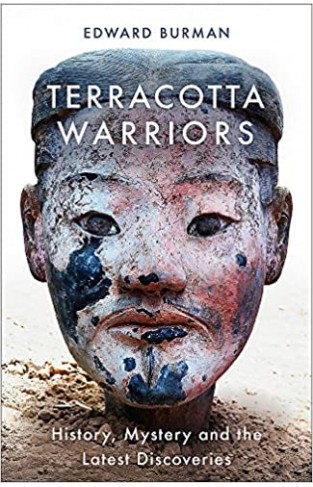
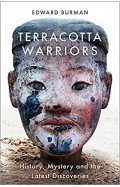
-120x187.jpg?q6)





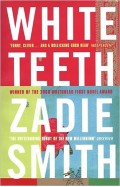

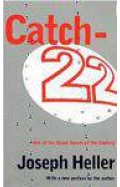
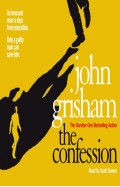
-120x187.jpg?q6)
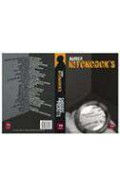


-120x187.jpg?q6)